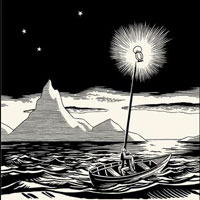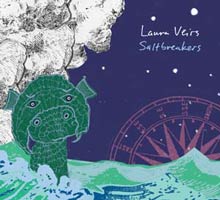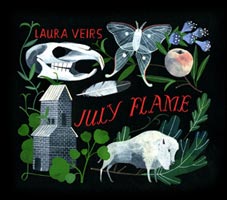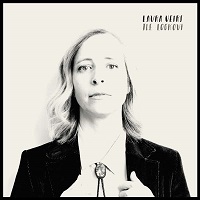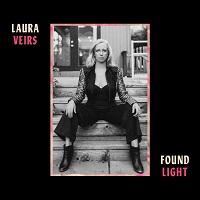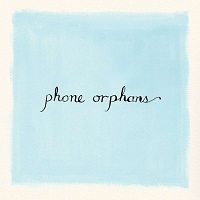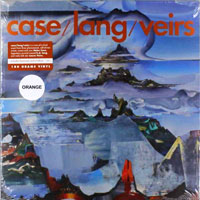Laura Veirs, die einzigartige Songwriterin aus Portland, Oregon, meldet sich im August mit ihrem neunten Studioalbum "Warp & Weft" zurück. Dabei erscheint das neue Werk noch kraftvoller und schöner, aber teilweise auch düsterer als das Vorgängerwerk aus 2010 "July Flame".
Die Aufnahmen zum neuen Album entstanden im März 2013 in Portland und waren fast schon eine Gemeinschaftsarbeit von Laura Veirs mit ihrem Langzeitkollegen und Ehemann Tucker Martine sowie Gastmusikern wie Jim James, KD Lang, Neko Case, Brian Blade und Mitgliedern der Decemberists. Veirs war im achten Monat schwanger als sie für "Warp & Weft" im Studio war. Eine besondere Situation, die das Album deutlich geprägt hat.
"I'm haunted by the idea that something terrible could happen to my kids but that fear pushes me to embrace the moment. This record is an exploration of extremes - deep, dark suffering and intense, compassionate love", so Laura.
Faszinierender Folk, Pop und Jazz der gezähmten Abenteurerin.
(Rolling Stone, September 2013)
After the sparse acoustic approach of 2010's July Flame and Tumble Bee: Laura Veirs Sings Folk Songs for Children in 2011, singer/songwriter Laura Veirs returns to her electric guitar on Warp & Weft and delivers a dozen new songs that wind through skillfully textured, slightly psychedelicized rock, pop, and Americana, covering everything from the fears and joys of motherhood -- she had her second child in 2012 -- to disillusionment to homages to heroes to gratitude and spiritual awareness. Produced by husband Tucker Martine, the pair enlist an all-star cast that includes drummer Brian Blade, My Morning Jacket, k.d. lang, Neko Case, Nate Query of the Decemberists, Jeremy Kittel, Rob Burger, and Karl Blau. "Sun Song," a shuffling country rocker, is a Veirs trademark, though its layered strings are an exotic touch amid the weave of ringing electric and nylon-string guitars. She celebrates the landscape and the emergence from a long winter with Case breezily backing her. The almost nursery rhyme-like melody of "Finster Saw the Angels" celebrates the late artist and mystic, and offers a prayer for guidance as Burger's accordion, Carl Broemel's pedal steel, and her own country picking underscore the harmony vocals with lang. The elliptical rocker, "Dorothy of the Island," borrows the chorus from the traditional "Motherless Children," but wraps it in a warm, post-psych elasticity that belies the song's lyric concerns; Case's transcendent backing vocal almost steals the show. "That Alice" is a straight-ahead rocker that celebrates the life, musical and spiritual contributions of Alice Coltrane; Case's backing vocals add a near Baroque pop quality that is blindsided by a screaming guitar solo from Broemel. "Sadako Folding Cranes," is a relatively sparse and poignant tome about Sadako Sasaki, the two-year-old who survived Hiroshima only to die a decade later of complications from leukemia. During her lifetime, she folded a thousand paper cranes in the wish that for world peace would be realized. Veirs and Jim James' harmonies meld seamlessly, creating an almost otherworldly quality. Set-closer "White Cherry" is musical acknowledgment of Coltrane's influence as it weds modal jazz -- complete with a sitar, upright bass, harp samples, and two drummers -- to Veirs' own expansive sense of melody; her lyric celebrates the middle way between nature, spirit, and flesh. Warp & Weft disp-lays Veirs' sophisticated songcraft (though "America" falls short for its obviousness) is adorned by diverse textures, expert musicianship, and a generous use of space; it's almost almost perfectly balanced.
(by Thom Jurek, All Music Guide)
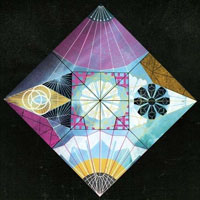
 #1 in Jahresliste
#1 in Jahresliste  Plattentipp
Plattentipp 
